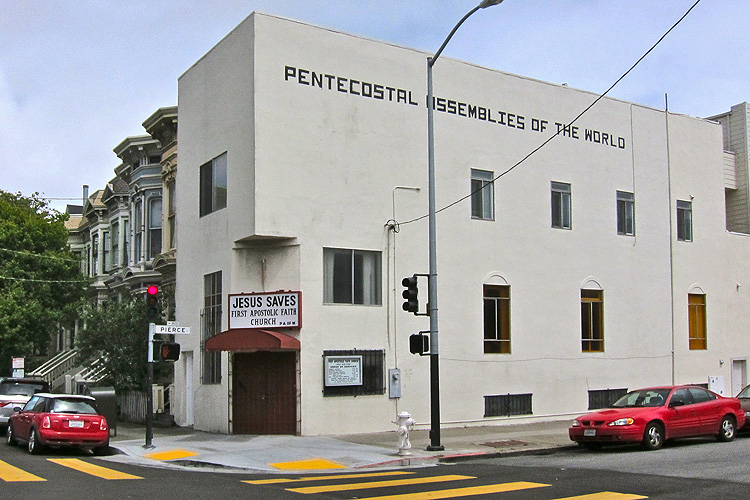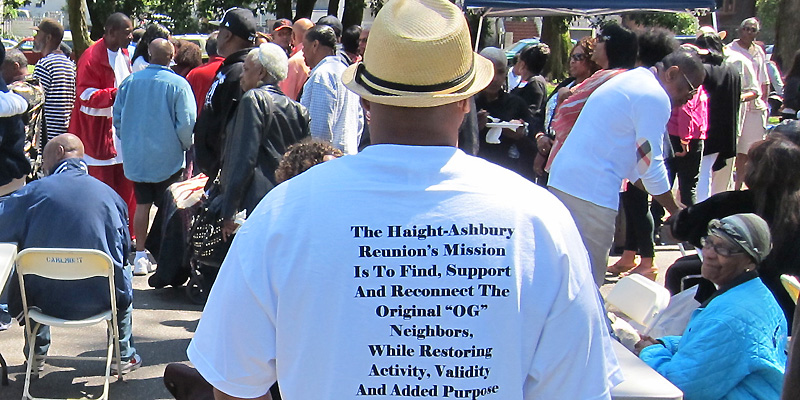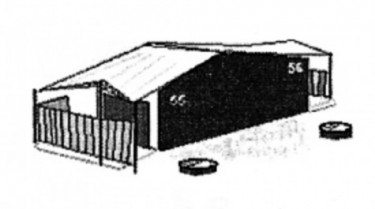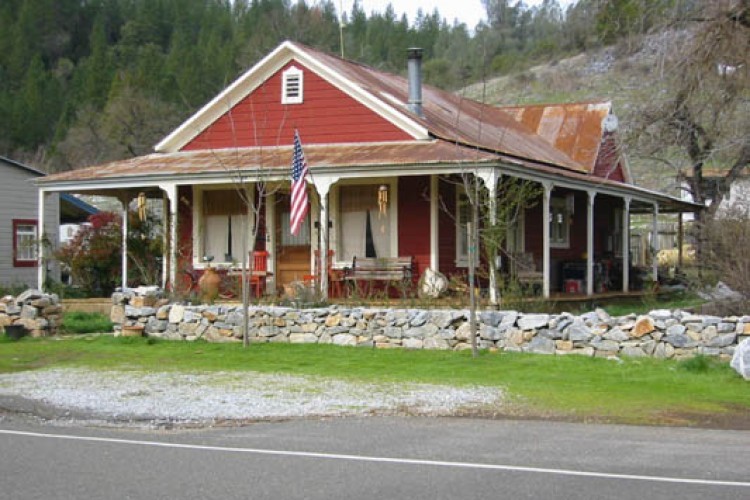

“The last days are here.” 80-something, Ray takes his morning constitutional down to the corner store, at Broderick and Fulton around 8 am, hangs out to catch his breath, smoke a cigarette, socialize and sometimes prophesize. We talk about the recent foreclosure and sale of the Gethsemane Missionary Baptist a block away. “I’d been sayin’ it all along, it’s the last days, I do believe that. The last days are here!”
The Gethsemane Missionary Baptist at Grove and Broderick is the latest of Western Addition’s church closures. Neighbor Bill reports the church had been failing for a while and was not shocked to hear the loan had been foreclosed and the property sold. The realtor for sale reports the interior was in shambles.
I bump into Dharma, drinking lattes, a block east at Mojo. He recalls, “I think maybe it was 2004. I ‘member walkin’ by and those walls were like pumpin’.” Here he makes a squeeze-box oompah gesture. “Yeah, it was this cool, loud gospel music. We stuck our heads in, but it didn’t exactly feel right. So ….”









